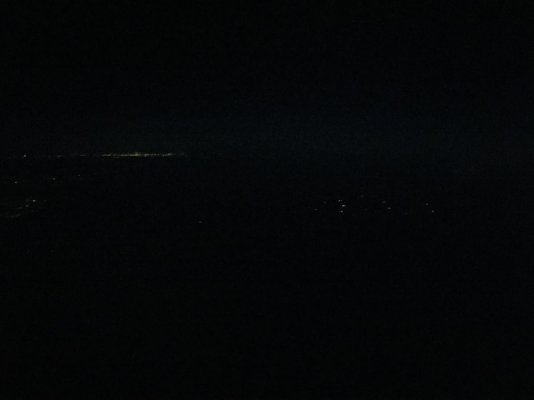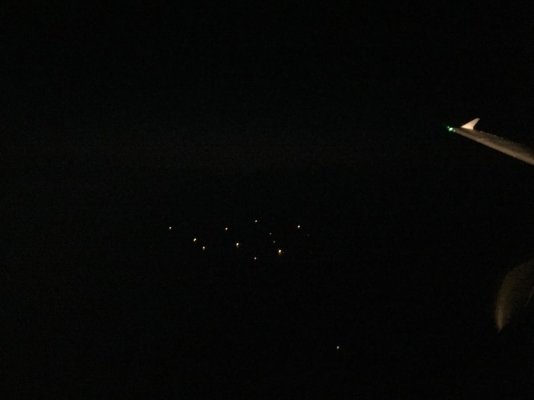Here you go. Southern New England. Probably same scenarios where you are.
Commander
U.S. Coast Guard Sector Southeastern New England
1 Little Harbor Road
Woods Hole, MA 02543
Tel: 508-457-3211
MARINE SAFETY INFORMATION BULLETIN
[MSIB # 01-18]
03 January 2018
Winter Storm Grayson Safety Measures – Waterways of Southeastern New England
Winter Storm Grayson has been forecast to have a major impact on the waterways of Southeastern New England over the next several days. This major winter storm is expected to track directly through our area delivering sustained northwest winds of 45-60 mph, with gusts up to 70 mph. Blizzard conditions are possible at the height of the storm, with snow rates of up to 2-3 inches per hour and a wind chill of -35 degrees. Severe freezing spray may also be present.
Mariners are advised that severely cold temperatures over the last week have produced significant ice conditions in many of Southeastern New England's navigable waterways. Extreme caution should be exercised when vessels are required to operate in ice conditions. The post storm forecast anticipates continued colder than normal temperatures which will likely increase these conditions within navigable waterways.
Listed below are the most recent recommendations for navigation safety measures in the waterways of Southeastern New England:
1. The Coast Guard recommends daylight only transits with a minimum of one nautical mile visibility in all harbors throughout the Southeastern New England area.
2. All vessels transiting anywhere within the waters of Southeastern New England are reminded that prudent mariners should not rely solely on a single source of navigation aid, such as buoys, as they may be moved off station by the high winds and possible ice conditions. Mariners should have a reliable navigation system onboard, including but not limited to an electronic charting system that employs Differential Global Positioning System (DGPS) technology to continuously and accurately plot the vessel’s position. A properly operating radar should also be onboard your vessel and utilized as an additional tool during all transits.
3. The storm may necessitate the Army Corps of Engineers to close the Hurricane Barriers in Providence, RI and New Bedford, MA during the storm. Stay tuned to VHF channels 16 and 22A for any announcements of closure(s).
4. There is potential for specific safety measures for transit through the Cape Cod Canal. Mariners intending to transit the Cape Cod Canal should contact Canal Control on VHF channel 13 for the latest navigation safety information.
5. It is highly unlikely that pilotage will be available between 4:00 a.m. Thursday, January 4 through 8:00 a.m. Friday, January 5. All vessels should be prepared to divert or anchor out until conditions improve.
6. All fuel transfer operations scheduled to occur between 4:00 a.m. Thursday, January 4 through 8:00 a.m. Friday, January 5 must follow Advance Notice of Transfer reporting procedures and receive approval for each transfer from the Captain Of The Port prior to commencing.
7. Mariners should continue to monitor VHF marine radio for all Marine Safety Information Broadcasts for the latest information regarding buoys off-station for any federal navigation channel they intend to transit.
The recommendations listed above will remain in effect until the risks to navigation associated with the impending winter storm pass.
Mariners should monitor VHF channel 16 for Marine Safety Information Broadcasts to remain aware of the latest safety related navigation information. For maritime emergencies during this upcoming severe weather period, or to report ice or other factors affecting navigation, contact the Sector Southeastern New England Command Center via VHF channel 16, or by phone at 508-457-3211.
Questions regarding this Bulletin may be addressed to Mr. Edward G. LeBlanc at U.S. Coast Guard Sector Southeastern New England, 401-435-2351, or
Edward.G.LeBlanc@uscg.mil.
R. J. Schultz
Captain, U.S. Coast Guard
Captain of the Port
Southeastern New England



